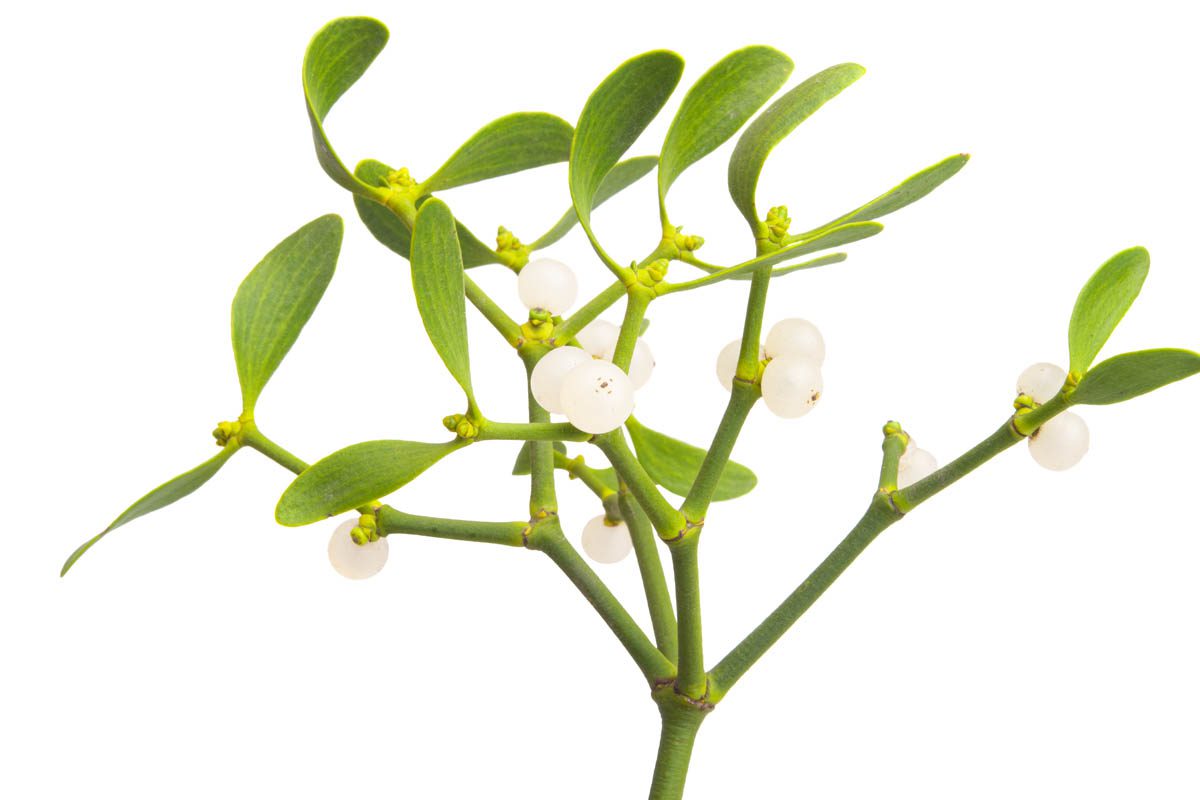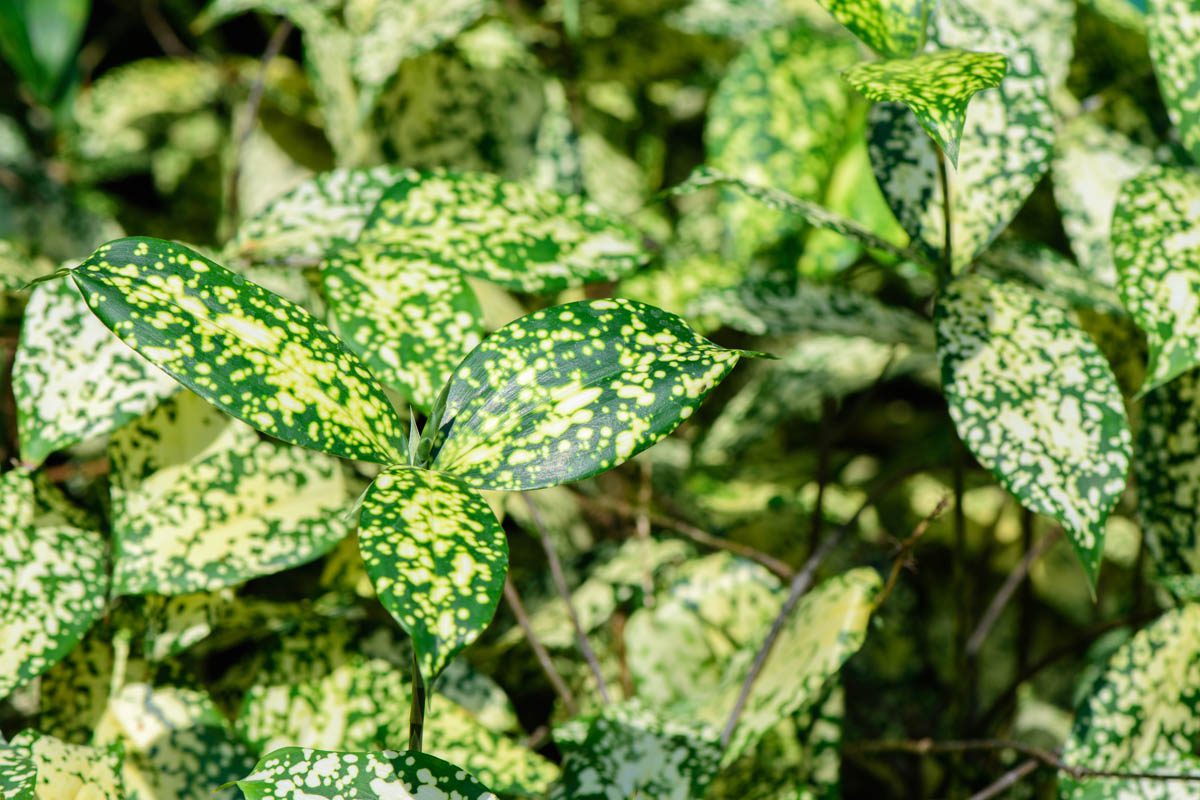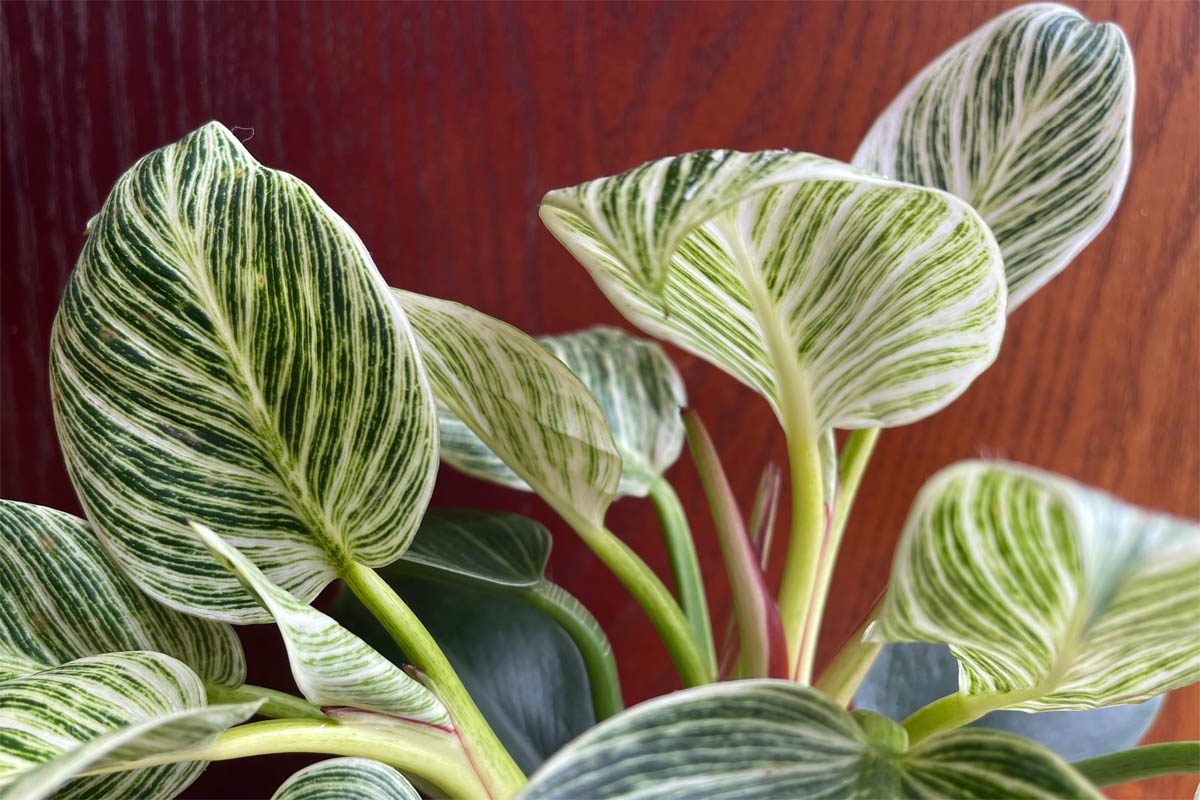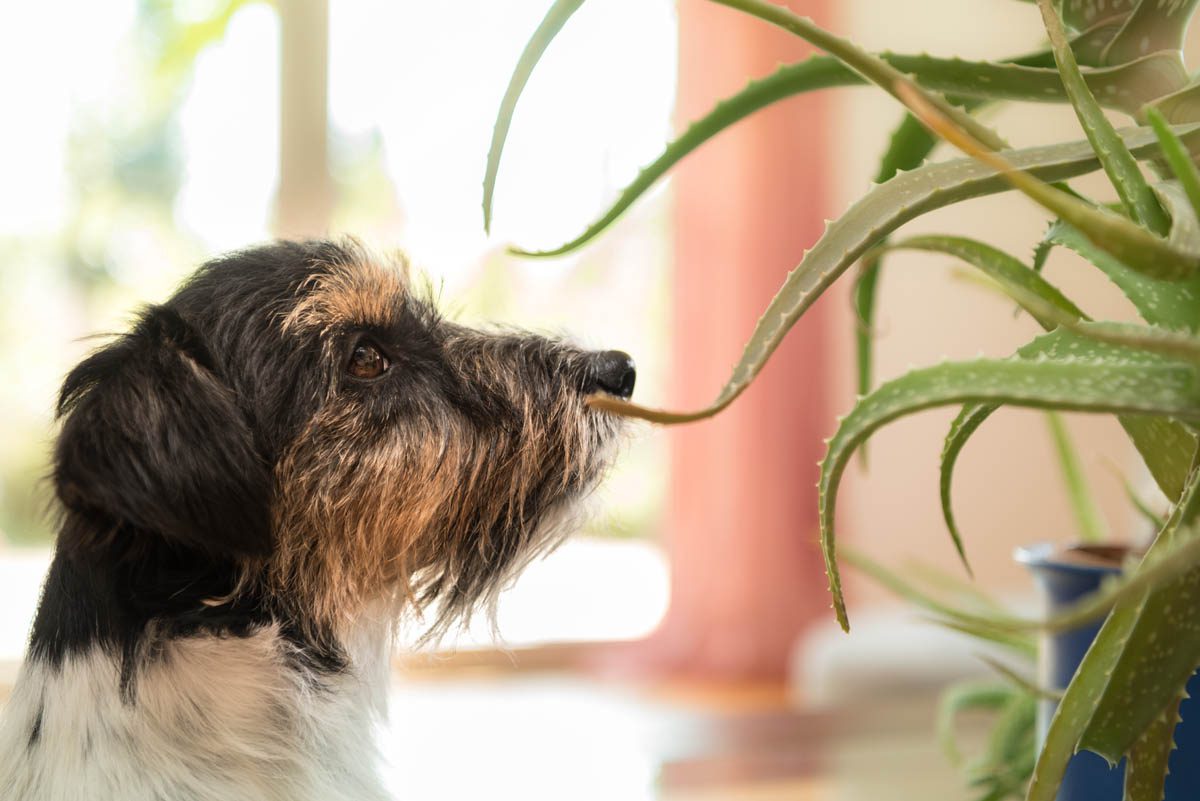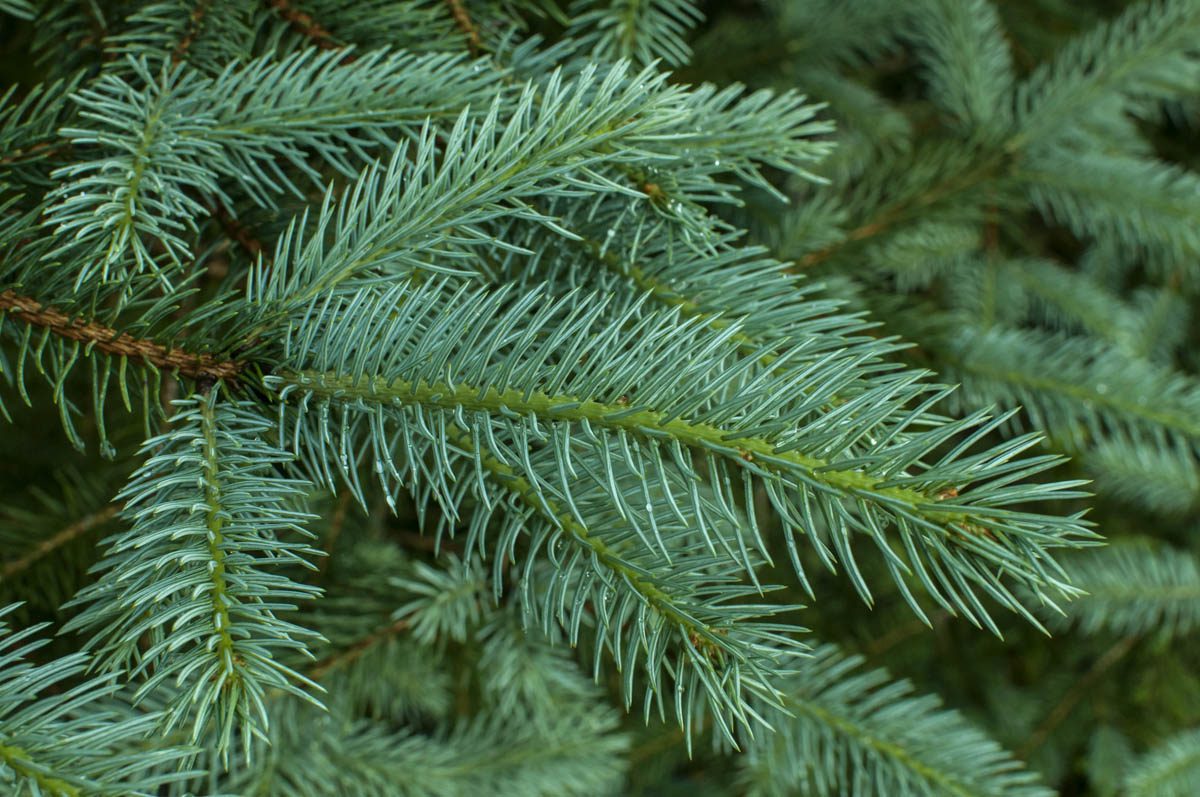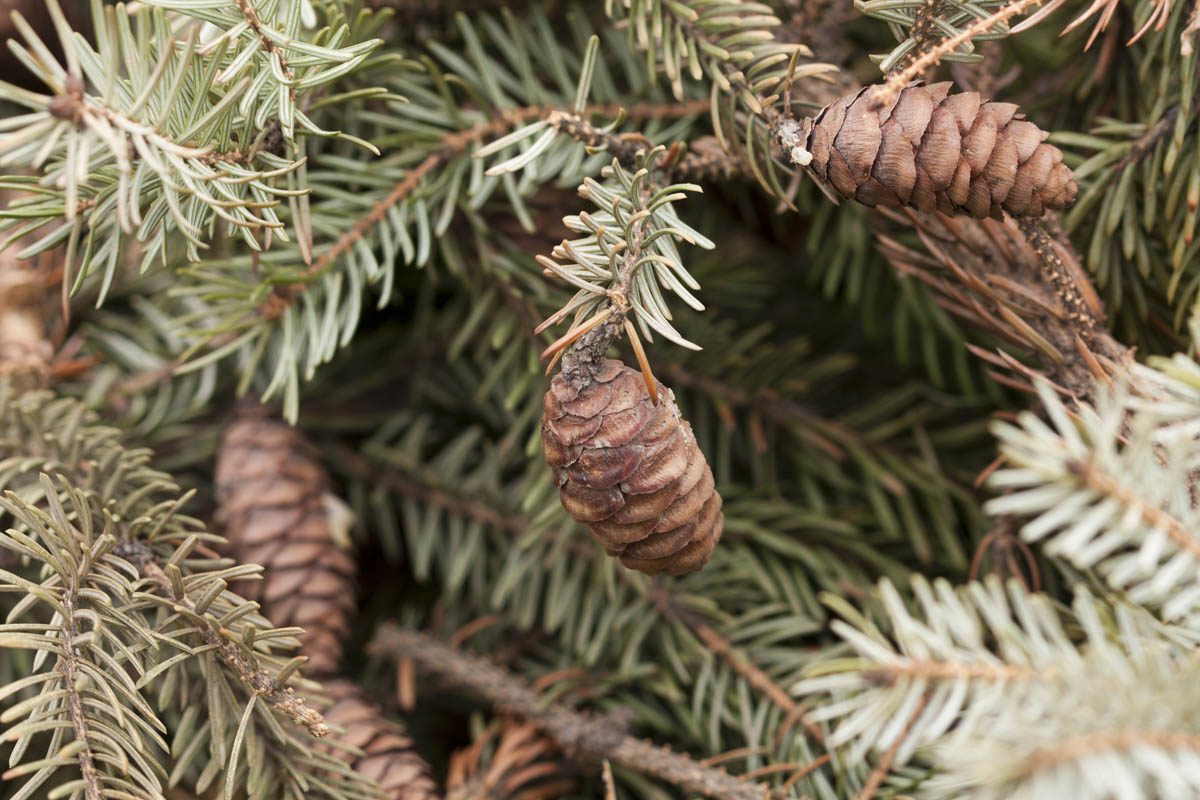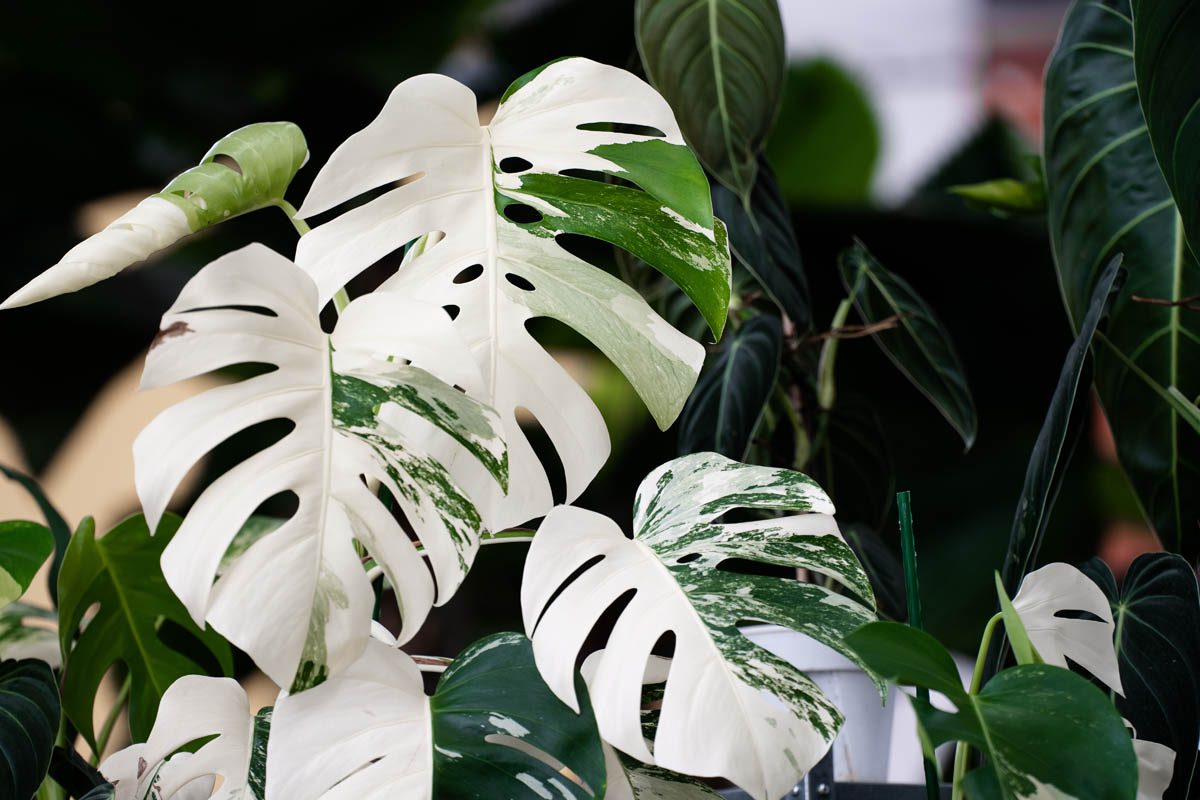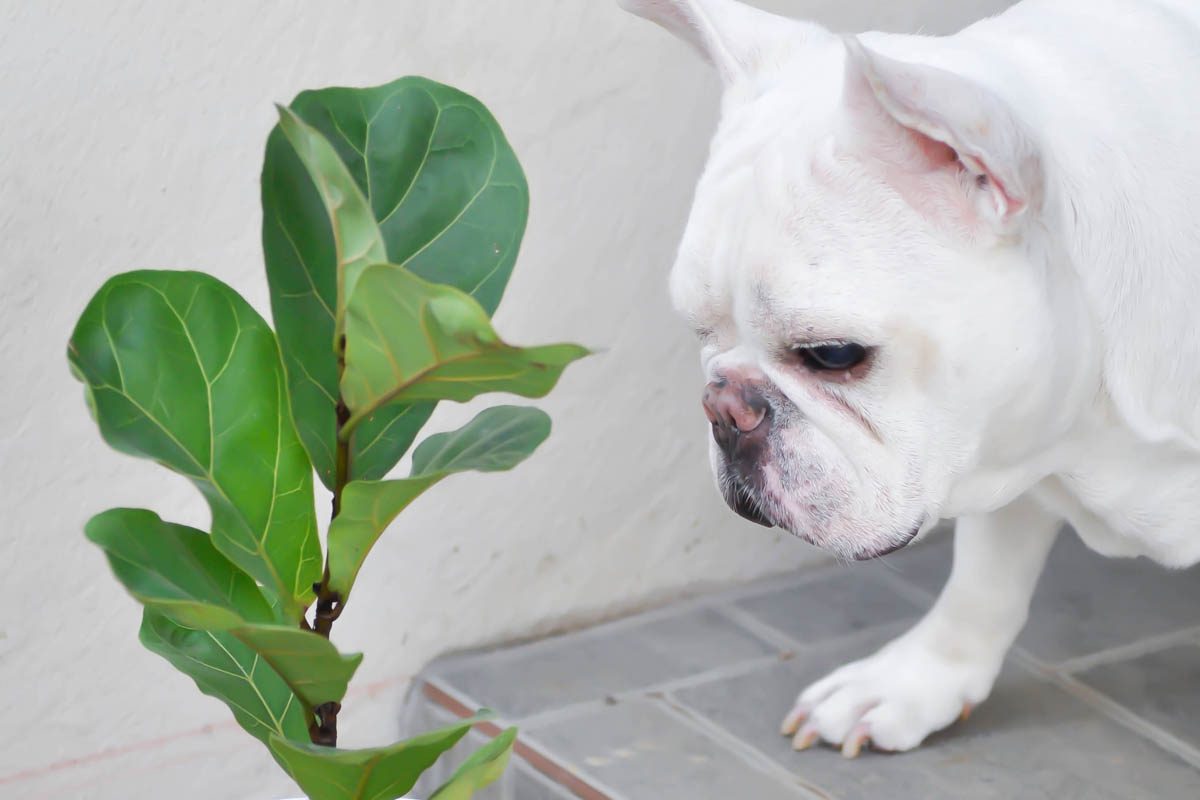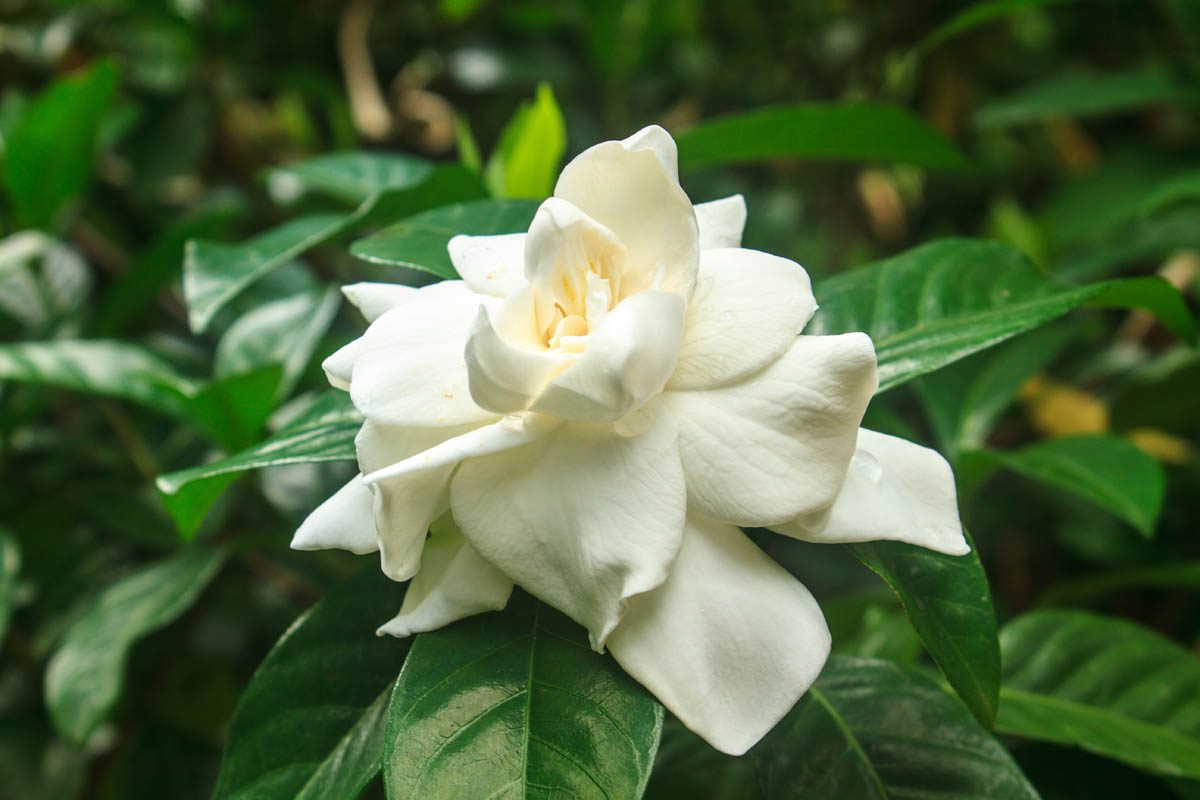Mistletoe (American and European) is toxic to dogs. The toxic properties are viscumin and lectins – (V. album), and toxalbumin, pharatoxin, viscumin – (P. serotinum), which can cause gastrointestinal upset, low blood pressure and low heart rate.
What is mistletoe?
| Botanical name | Phoradendron serotinum (North American) and Viscum album (European) |
| Common names | Mistletoe, English mistletoe, American mistletoe, Common mistletoe, Oak mistletoe |
| Mature height | 150 cm |
| Flower colour |
Yellow, green |
| Leaf colour |
Green |
| Native to | Europe, North Africa and western Asia |
| Toxicity | Toxic to dogs |
| Toxic compounds | Viscumin and lectins – (V. album)
Toxalbumin, pharatoxin, viscumin – (P. serotinum) |
| Toxic parts | All parts of P. serotinum are toxic, all parts of V. album apart from the berries |
| Severity | Mild to moderate |
Mistletoe is a semi-parasitic flowering plant, made up of a thousand species that lives on the crowns of trees where it takes water and nutrients from its host plant. Birds feed on the white berries in winter, which contain a sticky substance called viscin. Seeds contained within the berries stick to the bird’s beak, which the bird wipes off on tree branches or passes out of the body via the feces.
The two most common species of mistletoe are American (Phoradendron serotinum) and European (Viscum album). European mistletoe is more toxic than American and is not native to or sold in the United States of America. European mistletoe has long, oval leaves with clusters of two to six berries. American mistletoe has short, oval leaves with clusters of ten or more berries. American mistletoe is the most common species of mistletoe used to decorate homes at Christmas.
The tradition of kissing under the mistletoe originated in ancient Greece where mistletoe was associated with fertility. Later, in Victorian England, it was said if a girl refused a kiss under the mistletoe, she would not receive any marriage proposals.
Related: Caring for a Christmas tree
Toxicity
While mistletoe berries may be a source of food to birds, it contains a number of properties that are toxic to dogs including proteins (alkaloids), viscumin and lectin proteins – (V. album), and oxalbumin, pharatoxin viscumin (Lectins, Phoratoxins) – (P. serotinum).
Small ingestions can cause gastrointestinal signs which include diarrhea, drooling, loss of appetite and vomiting. Large ingestions can lead to bradycardia (slow heart rate) and hypotension (low blood pressure).
Clinical signs
- Hypersalivation
- Vomiting
- Diarrhea
- Difficulty breathing
- Hypotension (low blood pressure)
- Bradycardia (slow heart rate)
First aid
If it is safe to do so, remove any remaining plant matter from the dog’s mouth and offer a drink of something tasty such as milk. Do not induce vomiting unless you have been instructed to do so.
Contact your veterinarian or pet poison helpline for further advice. They may recommend a wait-and-see approach if the dog only consumed a small amount and appears otherwise well. If the dog ingested a large amount of mistletoe or has clinical signs, you will be instructed to bring the dog in for treatment.
Treatment
Unfortunately, there is no antidote for mistletoe toxicity, the goal of treatment is to prevent further absorption and manage clinical signs.
If ingestion was recent, the veterinarian will administer medication to induce vomiting followed by activated charcoal to bind to any remaining plant matter in the GI tract. Antiemetics and gastric protectants can be administered to cats who are vomiting, as well as intravenous fluids to prevent or treat dehydration and electrolyte derangements.
Toxicity of common Christmas plants
- Holly – Toxic
- Poinsettia – Mildly toxic
- Ivy – Mildly toxic
- Lilies (Lilium and Hemerocallis) – Toxic
- Jerusalem cherry – Toxic
- Hippeastrum – Toxic
- Christmas cactus – Non-toxic
- Balsam fir – Non-toxic
- Fraser fir – Non-toxic
- Norway spruce – Non-toxic
- Nordmann fir – Non-toxic
- Douglas fir – Non-toxic
- Fraser fir – Non-toxic
Julia is a writer and landscape consultant from Wollongong with a love of horticulture. She had been an avid gardener for over 30 years, collects rare variegated plants and is a home orchardist. Julia is passionate about learning and sharing her knowledge of plant propagation and plant toxicology. Whether it’s giving advice on landscape projects or sharing tips on growing, Julia enjoys helping people make their gardens flourish.
